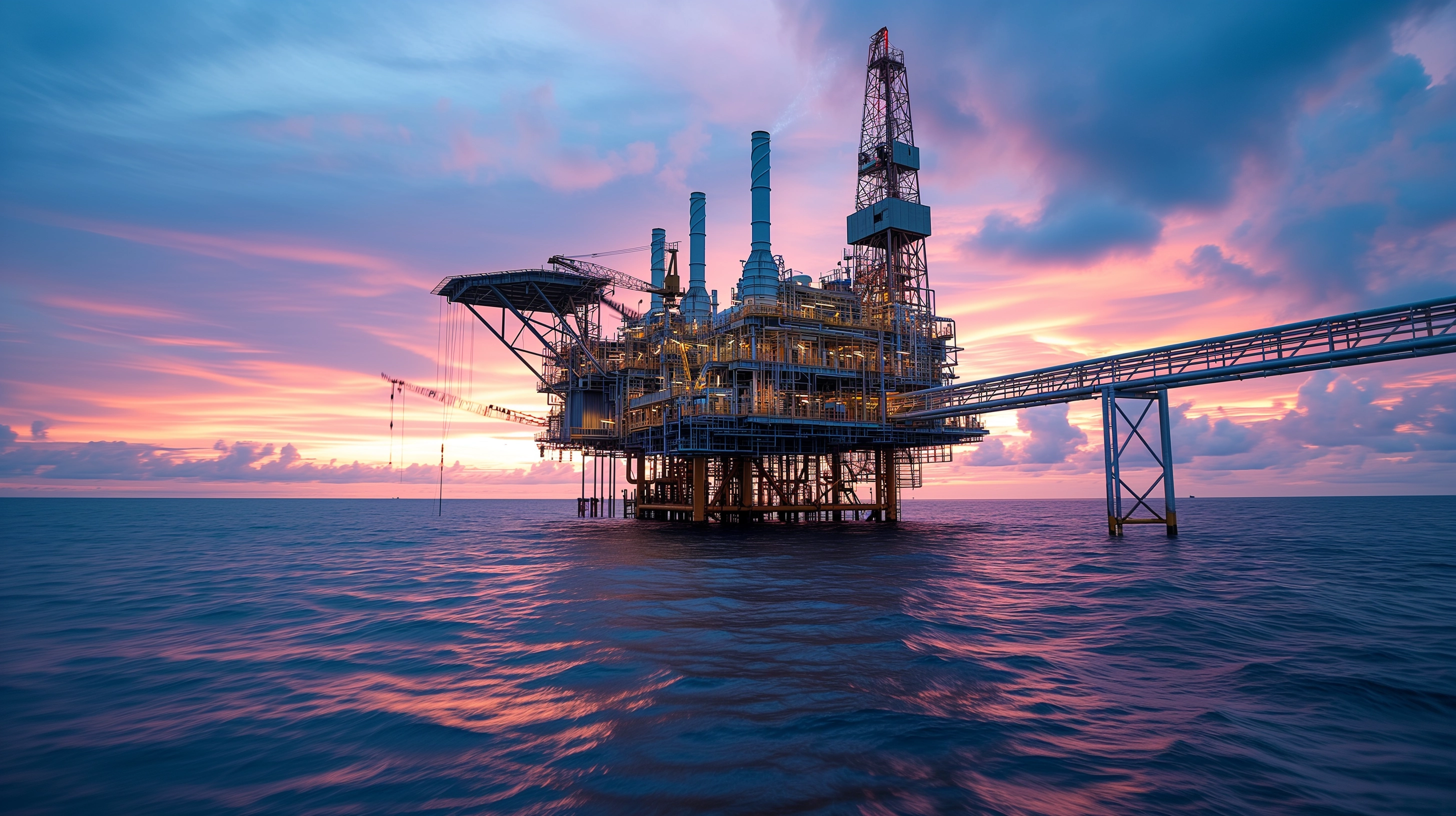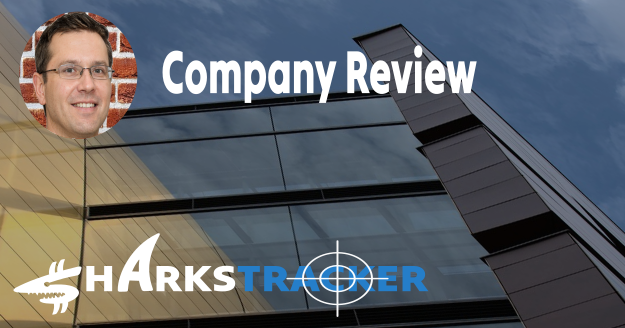Transocean's Fixed-Price Options Drive Revenue Growth and Market Demand
2023-08-04
The company held a call meeting to discuss its third-quarter 2023 earnings report. Key participants in the meeting included the CEO, CFO, analysts, and the Director of Investor Relations.
One of the most interesting topics discussed was the use of fixed-price options and their impact on the company's fleet. The CEO, Jeremy Thigpen, explained that the day rates for these options have been increasing in recent months. This is because once the rigs are in place and working steadily, it becomes costly for operators to switch to a cheaper alternative. As a result, the company can charge higher day rates for extensions during a multiyear up-cycle. Thigpen also mentioned that the fear of missing out is driving operators to secure binding options on the company's rigs, even at market-leading rates, as they anticipate further rate increases in the future. Thigpen believes this trend is just the beginning and expects to see more contracts with similar terms in the future.

The use of fixed-price options is crucial for the company's revenue generation. By offering these options, the company can secure long-term contracts at higher day rates, ensuring a steady income stream. The escalating nature of these rates further benefits the company, as operators are willing to pay a premium to secure the rigs amidst the anticipation of future rate increases. This demonstrates the company's strong market position and the demand for its services.
Another noteworthy point discussed in the meeting was the allocation of fixed-price options on the company's harsh environment fleet. This indicates that the company's rigs in challenging environments are in high demand, further supporting the notion that operators are willing to pay a premium for the company's services. This allocation strategy allows the company to maximize its revenue potential by focusing on areas where it has a competitive advantage.
Overall, the use of fixed-price options and their escalating nature presents a significant opportunity for the company to generate substantial revenue and secure long-term contracts. The market demand for the company's rigs, particularly in harsh environments, further strengthens its position and highlights the potential for future growth.
During the meeting, the key drivers of the business were identified as the tax regime and government policies, the demand for high-spec assets in the harsh environment market, and the long-cycle thinking in the industry.
The company's plans for its product/service involve bringing back rigs to Norway at higher day rates and for longer terms. They have launched tenders to secure rigs for multiple years and aim to maintain solid EBITDA margins. The company also has options to extend contracts for two rigs until 2028 and is in discussions to add more time to another rig. They control a significant portion of the stacked dealership fleet and have a strategy to reactivate those assets when paid by the customer in the first contract. However, the company emphasizes discipline and does not feel urgency to reactivate rigs for the sake of it. There are also discussions and tenders for potential opportunities related to one of the company's lower specification units, but they will take a measured approach and are not in a hurry to make any decisions.
The competitive landscape in the oil and gas industry is evolving differently in the UK and Norway. In the UK, the uncertain tax regime is not conducive to making investment decisions, which may result in limited customer activity. On the other hand, in Norway, the harsh environment market is experiencing high demand for high-spec assets, with a shortage of rigs projected in the future. This indicates a strong competitive landscape in Norway's harsh environment market.
Looking ahead, the company's outlook for the quarter/year is positive. They have seen an increase in backlog, and the average day rate for their ultra-deepwater fleet has also significantly increased. They expect the average day rate to continue to rise in the future. Additionally, the high-specification harsh environment semisubmersible market is experiencing a rapid tightening.
In terms of capital spending plans, the company forecasts a capital expenditure of approximately $705 million for the third quarter. They expect liquidity in December 2023 to be between $1.2 billion and $1.3 billion, including the capacity of their revolving credit facility. The liquidity forecast includes $270 million in capital expenditures for 2023, with $160 million related to previously delivered new builds and $110 million for sustaining and contract preparation capital expenditures. With the completion, delivery, and contract commencement of certain projects, the company anticipates a decline in capital expenditures and an increase in free cash flow. They also have a total remaining EV debt obligation of approximately $620 million and are considering reducing debt through early conversion of EVs. The company is committed to simplifying its balance sheet and reducing cash interest costs when market conditions are supportive.
The participants of the call mentioned in the meeting outcome were Alison Johnson - Director, Investor Relations; Jeremy Thigpen - Chief Executive Officer; Mark Mey - Executive Vice President, Chief Financial Officer; Kurt Hallead - The Benchmark Company - Analyst; Roddie Mackenzie - Senior Vice President, Marketing, Innovation, and Industry Relations; Eddie Kim - Barclays - Analyst; Greg Lewis - BTIG - Analyst; and Fredrik Stene - Clarksons Platou Securities - Analyst.
These individuals were present on the call to discuss the company's third-quarter 2023 earnings. Their insights and analysis play a crucial role in shaping the company's financial performance, showcasing the company's commitment to transparency and effective communication.

